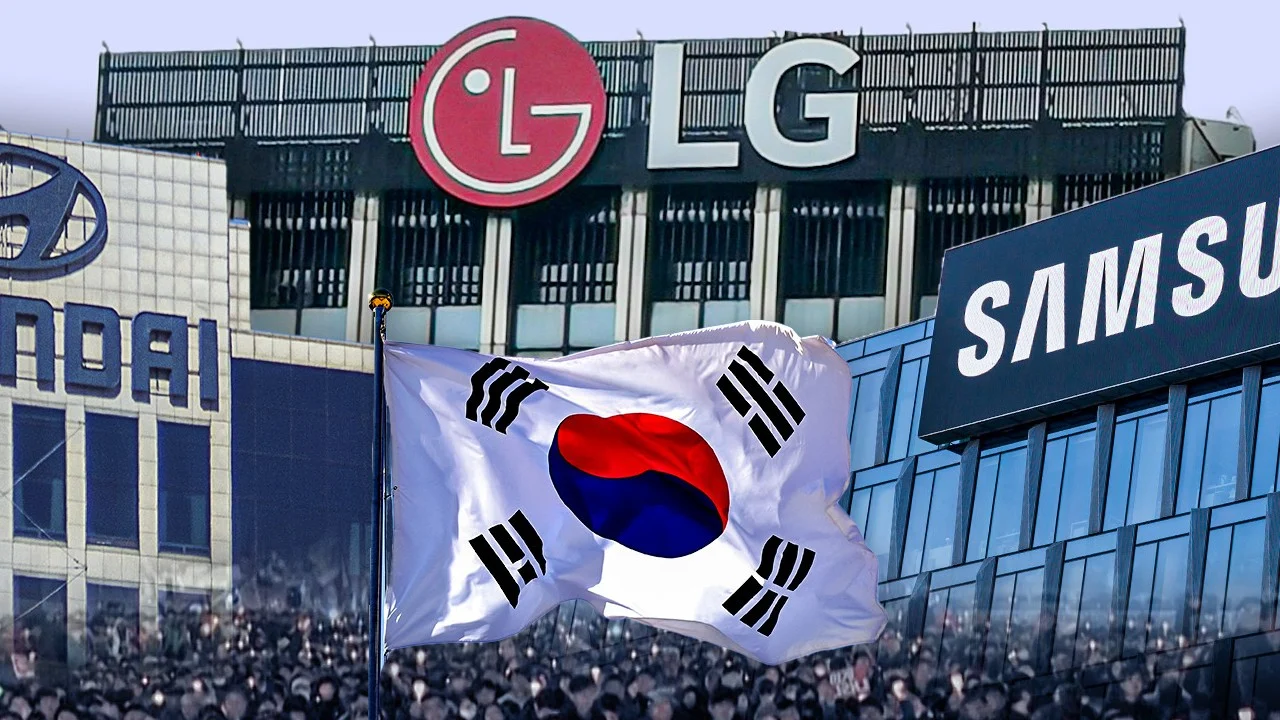Chaebols (재벌) in Korean literally translates to ‘rich family.’ The term refers to when a large South Korean corporation is run by one consistent family line. After the Korean War, chaebols gained significant government support, as they were seen as necessary tools to promote South Korean investment throughout the conflict.
However, during the 1997 Financial Crisis, caused by weak financial sectors of the South Korean government, many chaebols went bankrupt or were economically weakened. The South Korean government signed a bail-out, agreeing to terms of high austerity measures and the ‘dissolution’ of chaebols. Yet this did not stop chaebol expansion, as it led these companies to focus on other affiliates for funding and support rather than domestic parties.
In the present day, the most prominent chaebols, such as Samsung or Hyundai, contribute to more than half of South Korean exports and bring in the majority of foreign capital. Statistically, chaebols are responsible for about 45% of the national GDP. Nevertheless, public support of chaebols is quite low. Chaebols promote wealth inequality as these corporations hoard most of the state’s wealth. They are additionally seen as the cause of rising financial corruption and bribery. They hold tremendous power internationally, but generally refuse to invest significantly into the domestic economy.
Connections:
Development: Promotes exports and economic growth (mainly GDP) through foreign capital
Equality: Promotes wealth inequality (cause of great public dislike), nepotism, corruption, etc.






Hey. Not cool bro. 0/10 article.